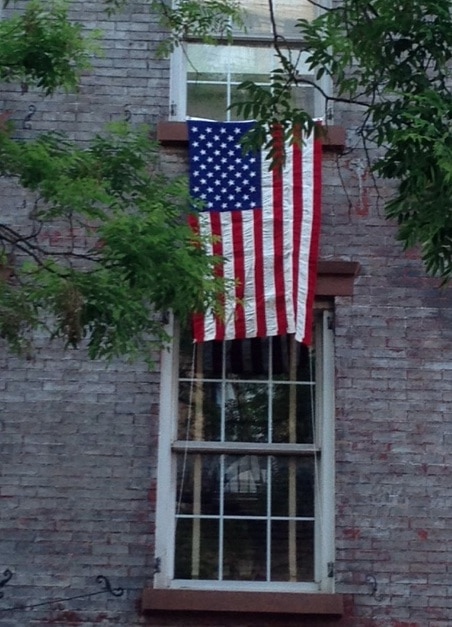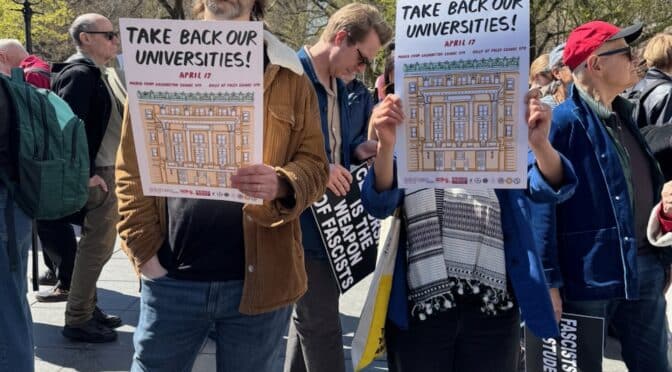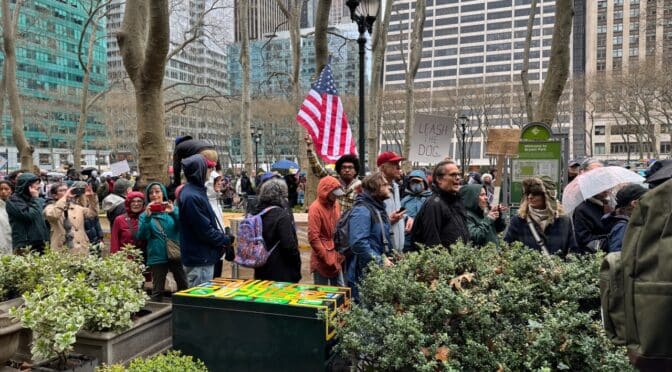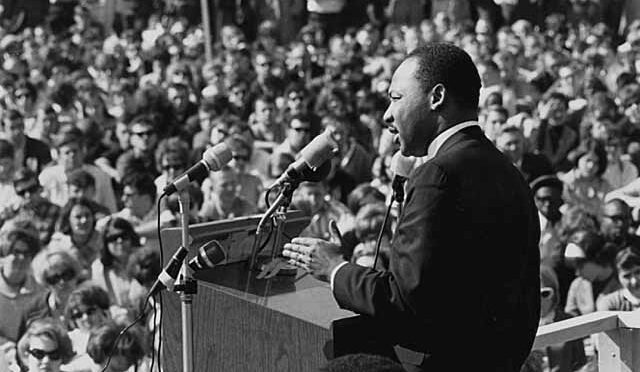The Civil War took the lives of 750,000 soldiers from the North and the South and many who fought in the battles and watched fellow soldiers die, knew that wound needed healing. In 1868, three years after the war ended, veterans’ leader and Union Major General John A. Long proposed Memorial Day as day of tribute and suggested decorating the graves of the war dead with flowers. May 30th was chosen as Decoration Day, and it may be because flowers were in bloom in every part of the reunited nation then.
General and Mrs. Ulysses S. Grant presided over the first ceremony in Arlington National Cemetery on the veranda of what was once the home of General Robert E. Lee. After the ceremony veterans and children from the Soldiers’ and Sailors’ Orphan Home walked through the cemetery placing flowers on the graves, reciting prayers and singing hymns.
The Veterans Administrations says springtime tributes to the Civil War dead already had been held in cities in both the North and the South. Columbus, Mississippi held one of the first on April 25, 1866. Women decorated graves of Confederate soldiers who killed in the battle at Shiloh. They also placed flowers on the bare graves of Union soldiers.
Since 1866, cities in the North and South have argued over which was first to begin the decoration ceremonies. Macon and Columbus, Georgia; Richmond, Virginia; Carbondale, Illinois; and Boalsburg, Pennsylvania all claim the title.
One hundred years later, in 1966, President Lyndon Johnson and Congress named Waterloo, New York as the “birthplace” of Memorial Day. The town first honored its Civil War veterans on May 5, 1866 and it was a community event where flags flew at half-staff and businesses closed.




